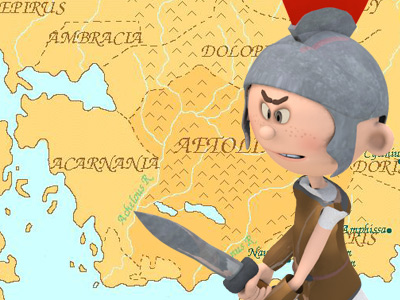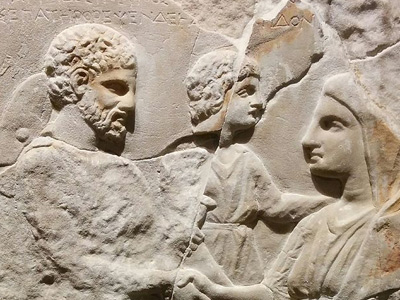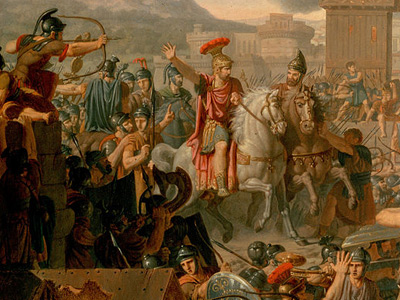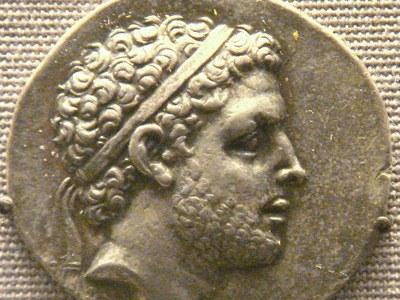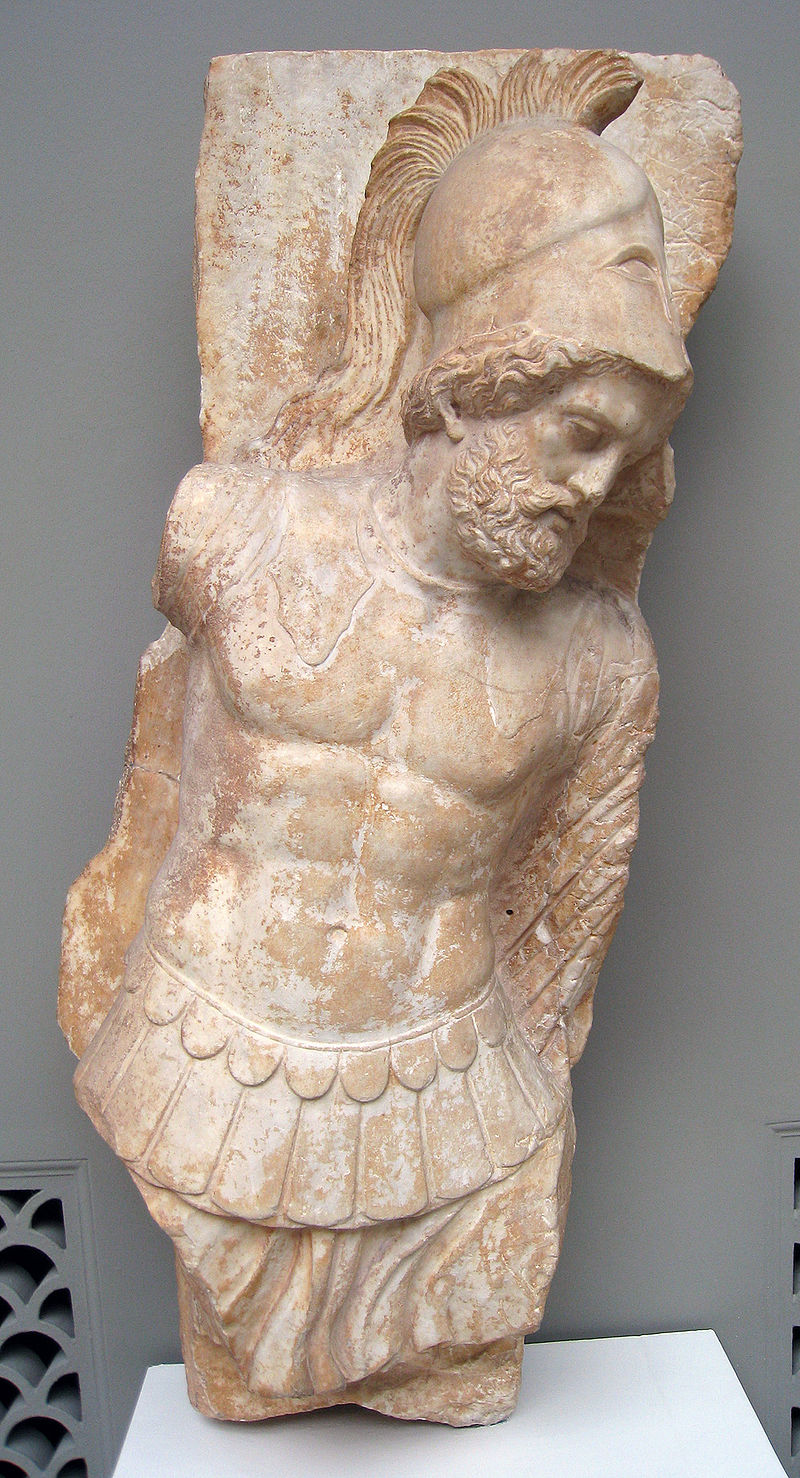Third Macedonian War (171–168 BC)
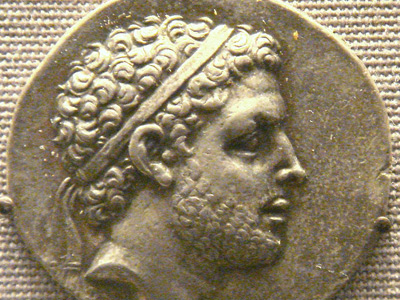
The Enslavement of 150,000 Epirots
After the defeat of the Illyrian king, Lucius Anicius, the commander in Illyria, paced garrisons in the Illyrian cities. Then he marched on Epirus with the rest of his army to suppress the rebellion there. All the cites, except for four (Passaron, Tecmon, Phylace and Horreum), surrendered. Passaron was the first of these cities which was attacked. Its two leaders were the men who had incited Epirus to side with Perseus and told the inhabitants that death was preferable to servitude. A young noble stood against them and encouraged the people to drive the two men out of the city, which then surrendered.
At Tecmon the city leader was killed and this city surrendered as well. The other two cites fell after a siege. When Epirus was pacified and detachments were sent to various cities for wintering, Lucius Anicius returned to Scodra (the capital of Illyria) where five commissioners had arrived from Rome. Here he summoned the leaders from all around Illyria to a conference. In agreement with the commissioners, he announced that the Roman garrisons were going to be withdrawn from all the cities so that the Illyrians could be free. Some of the cities had deserted Caravantius, the brother of Gentius, and gone over to the Romans The Roman Republic was a form of government of Rome and the era of the classical Roman civilization when it was run through public representation of the Roman people. Beginning with the overthrow of the Roman Kingdom (traditionally dated to 509 BC) and ending in 27 BC with the establishment of the Roman Empire, Rome's control rapidly expanded during this period - from the city's immediate surroundings to hegemony over the entire Mediterranean world.. They were, therefore, exempted from paying a tribute. Other cities which had rebelled when Gentius was still in power were also granted this exemption. The three cities which had resisted the longest were to pay half of the tribute they paid to Gentius. Lucius Anicius also declared that Illyria was to be split into three cantons.
The Roman Republic was a form of government of Rome and the era of the classical Roman civilization when it was run through public representation of the Roman people. Beginning with the overthrow of the Roman Kingdom (traditionally dated to 509 BC) and ending in 27 BC with the establishment of the Roman Empire, Rome's control rapidly expanded during this period - from the city's immediate surroundings to hegemony over the entire Mediterranean world.. They were, therefore, exempted from paying a tribute. Other cities which had rebelled when Gentius was still in power were also granted this exemption. The three cities which had resisted the longest were to pay half of the tribute they paid to Gentius. Lucius Anicius also declared that Illyria was to be split into three cantons.
Aemilius went to Epirus on his way back to Rome. The senate gave his army permission to plunder the cities in Epirus which had supported Perseus. Centurions were sent to tell all the cites that they had come to remove to the Roman garrisons because the Epirots were to be free. The leaders of each city were summoned and told to bring the silver and gold in their towns to a designated place and that Roman cohorts had been ordered to visit all the cities. Troops were sent to seventy cities. This was coordinated so that they would reach each city on the same day. The precious metals were collected in the morning and at 10 am and then the soldiers were ordered to sack the cities. The city walls were demolished. The booty was enormous and part of the proceeds from its sale was given to the men of the army, 400 denarii to the cavalrymen and 200 to the foot soldiers. In addition to this, 150,000 people were enslaved. The troops resented that they were not given a share of the booty from the royal palace of Perseus “as though they had not taken any part in the Macedonian war.” Aemilius then sailed back to Italy with his army. A few days later Lucius Anicius, who had been meeting the representatives of the rest of the Epirots, told them that the senate wanted to hear the case of some of their leaders and ordered these men to follow him to Italy. He then waited for return of the ships which had been used to transport the army from Macedonia and returned to Italy.
HISTORY
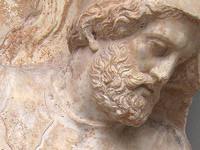
RESOURCES
This article uses material from the Wikipedia article "Third Macedonian War (171–168 BC)", which is released under the Creative Commons Attribution-Share-Alike License 3.0.
© Stories Preschool. All Rights Reserved.
